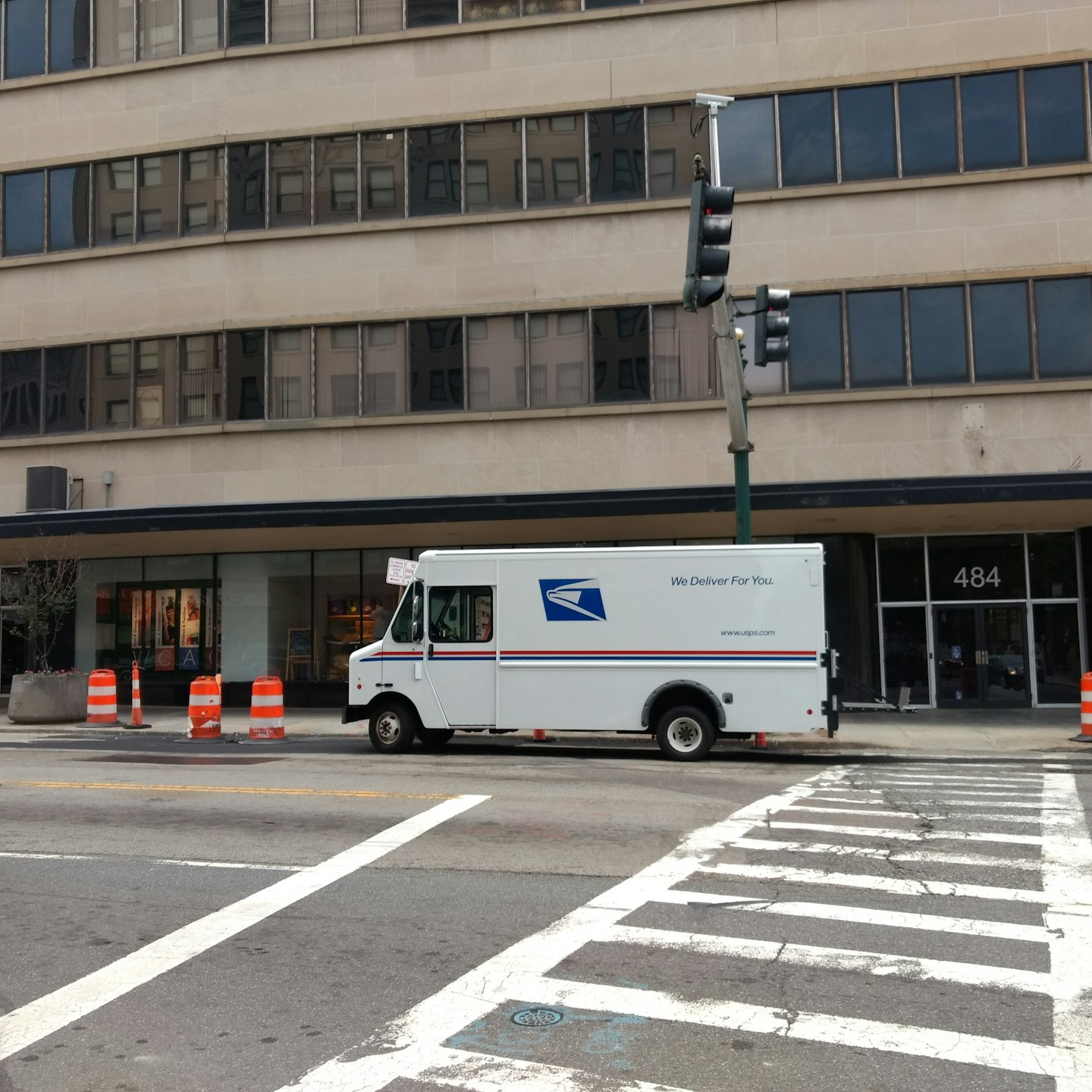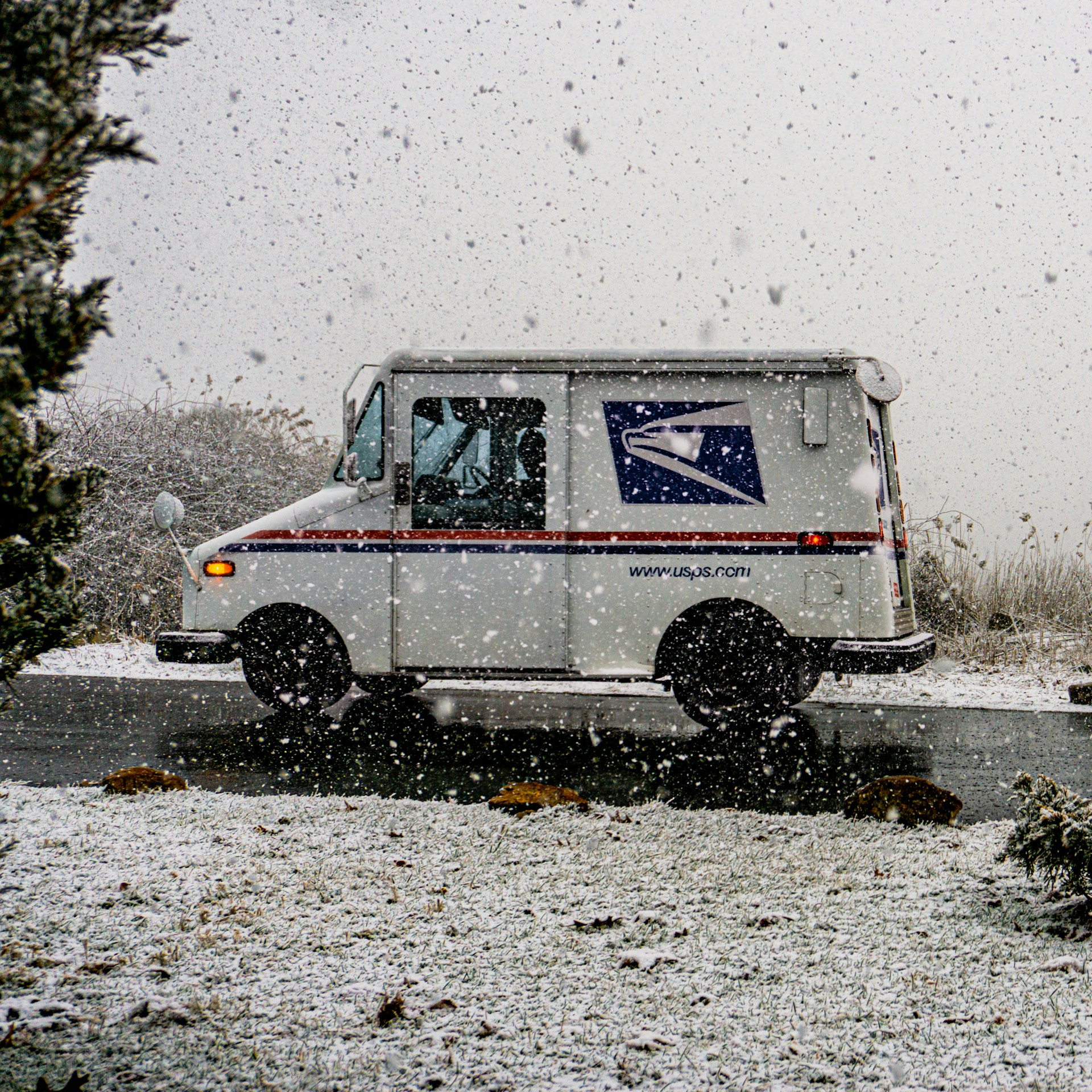Key Takeaways
-
The transition from the Federal Employees Health Benefits (FEHB) Program to the Postal Service Health Benefits (PSHB) Program in 2025 introduces key structural changes, especially regarding coordination with Medicare and prescription coverage.
-
While PSHB may look similar on the surface, it includes limitations, cost-sharing shifts, and new requirements that could reduce flexibility for retirees and Medicare-eligible members.
What Looks the Same Isn’t Always the Same
The PSHB Program may appear to mirror FEHB in terms of plan choices and coverage categories. You may even see similar plan names and think not much has changed. But the structural differences go deeper than branding. While both programs offer:
-
Self Only, Self Plus One, and Self & Family coverage types
-
Nationwide and regional network options
-
Prescription drug and preventive care benefits
The way these benefits are delivered, coordinated with Medicare, and cost-shared has shifted under PSHB. Most of these shifts are subtle enough to be missed unless you look closely.
1. You No Longer Have the Same Choice to Opt Out of Medicare Part B
Under FEHB, Medicare-eligible retirees had the option to enroll in Medicare Part B—or not. Many chose to decline Part B due to the additional monthly premium. In PSHB, this freedom is limited.
As of January 1, 2025:
-
If you are a Medicare-eligible annuitant or family member, you must enroll in Medicare Part B to keep full PSHB coverage.
-
If you retired on or before January 1, 2025, and are not already enrolled in Part B, you are exempt from this requirement.
-
If you were actively employed and aged 64 or older on January 1, 2025, you are also exempt.
Otherwise, declining Part B results in reduced coverage under PSHB. That’s a major shift from the more flexible FEHB approach.
2. Prescription Drug Coverage Now Falls Under Part D Rules
In FEHB, prescription drug coverage was integrated and did not follow Medicare Part D’s framework. Under PSHB, if you’re Medicare-eligible, your prescription drug benefits now operate under a Part D Employer Group Waiver Plan (EGWP).
That change matters because:
-
There is now a $2,000 out-of-pocket cap in 2025, but it resets each year.
-
You’re automatically enrolled unless you opt out—but opting out means you forfeit PSHB drug coverage altogether.
-
If you opt out, re-enrollment options are limited and not guaranteed every year.
You also lose the flexibility to shop for separate Part D plans while retaining your PSHB medical coverage. That was possible under FEHB; it’s not under PSHB.
3. Deductibles, Coinsurance, and Copayments Have Been Restructured
One of the biggest shifts is how cost-sharing works. While FEHB plans had relatively consistent structures, PSHB introduces variability that affects how much you’ll pay when care is needed.
Some of the changes include:
-
Higher in-network deductibles: PSHB plans now often begin at $350 or more for Self Only, with some reaching $1,500 for high-deductible options.
-
Out-of-network penalties: Coinsurance for out-of-network care can reach 40% to 50%, much higher than under typical FEHB structures.
-
Tiered copayments: You may now see $20 to $40 for primary care, $30 to $60 for specialists, and $100+ for emergency room visits.
These structures may not impact you immediately—but they can quickly add up during illness or unexpected hospitalizations.
4. Automatic Enrollment Doesn’t Mean Automatic Satisfaction
For most current FEHB enrollees, automatic enrollment in a corresponding PSHB plan occurred at the start of 2025. While this sounds convenient, it doesn’t mean the plan you were in under FEHB will serve you the same way under PSHB.
What changed:
-
You might have been assigned to a plan based on FEHB participation, not personal preference.
-
The cost-sharing, coverage coordination, or prescription benefits may differ—even if the plan name is the same.
-
You could be in a network with different coverage rules or less access to preferred providers.
Unless you reviewed your new plan in detail during the Open Season (November–December 2024), you may now be facing unexpected terms.
5. Coordination with Medicare Is Mandatory, Not Optional
FEHB allowed you to coordinate—or not coordinate—coverage with Medicare. That meant you could use FEHB as your primary coverage even if enrolled in Medicare.
In PSHB, for most Medicare-eligible annuitants:
-
Your PSHB plan assumes you have Medicare Part A and Part B.
-
Benefits such as reduced deductibles and coinsurance only apply if Medicare is your primary payer.
-
Refusing Medicare Part B doesn’t just result in higher out-of-pocket costs—it could limit your overall PSHB coverage.
This forces a structural reliance on Medicare. You can no longer use your PSHB plan as standalone full coverage.
6. No More Dual Federal Family Coverage Flexibility
Under FEHB, some families with two federal employees could double up on coverage. One might carry Self Only while the other used Self Plus One to save on costs or extend provider access.
PSHB eliminates this flexibility for Postal Service families:
-
All covered members must now be on one PSHB plan.
-
You cannot mix and match coverage from FEHB and PSHB within the same household.
This may lead to higher costs or forced transitions for spouses still under FEHB.
7. Re-enrollment and Opt-Out Limits for Drug Coverage
If you opt out of the EGWP drug coverage, you’re not just stepping away from one part of your plan—you’re giving up your entire prescription benefit under PSHB.
Important limitations:
-
You won’t have the option to rejoin until the next Open Season, and even then, only if the plan allows.
-
There are no special enrollment periods for changing your mind mid-year.
-
You cannot purchase a separate stand-alone Part D plan and keep PSHB medical coverage.
This all-or-nothing approach didn’t exist under FEHB, which allowed more mix-and-match flexibility.
8. Vision and Dental Benefits Still Come from FEDVIP—but with New Considerations
Your dental and vision coverage still operates under the Federal Employees Dental and Vision Insurance Program (FEDVIP). But with the move to PSHB, your coordination needs have changed.
-
Medicare doesn’t cover routine dental or vision.
-
FEDVIP costs are entirely separate from PSHB premiums.
-
If you were coordinating benefits under a FEHB plan that offered vision or dental perks, those may now be gone.
This could mean buying standalone FEDVIP plans becomes more important.
9. Survivor and Family Member Coverage Can Be Affected
FEHB had long-standing options to continue family or survivor coverage after a retiree’s death, especially if a survivor annuity was elected.
With PSHB:
-
Survivor benefits remain—but are tied more tightly to Medicare enrollment.
-
If the survivor was not enrolled in Medicare Part B when the annuitant died, their access to full PSHB coverage could be reduced.
This makes advance planning more critical than before.
What This All Adds Up To
The switch to PSHB in 2025 may look seamless at first, but it brings a fundamentally different set of rules, requirements, and consequences—particularly for retirees and Medicare-eligible members. The loss of flexibility around Medicare coordination, prescription choices, and cost-sharing structures means your health plan now functions under new constraints.
It’s not just a new name or network. It’s a new system.
You may need to revisit:
-
Your Medicare enrollment status
-
Your budget for copayments and deductibles
-
Your expectations around provider access and drug costs
If you haven’t already reviewed your 2025 PSHB plan documents—or if you let the automatic enrollment happen without comparison—now is the time to look again.
Get Answers Before You Commit to the Wrong Assumptions
Understanding the differences between FEHB and PSHB can help you avoid costly surprises, especially as the year progresses. If you’re unsure whether your current coverage matches your medical and financial needs, now is the right time to act.
Speak with a licensed agent listed on this website to:
-
Review your plan and how it coordinates with Medicare
-
Estimate your 2025 out-of-pocket costs
-
Make changes when the next Open Season arrives
Don’t assume everything stayed the same. PSHB may require a different strategy—and better preparation.













